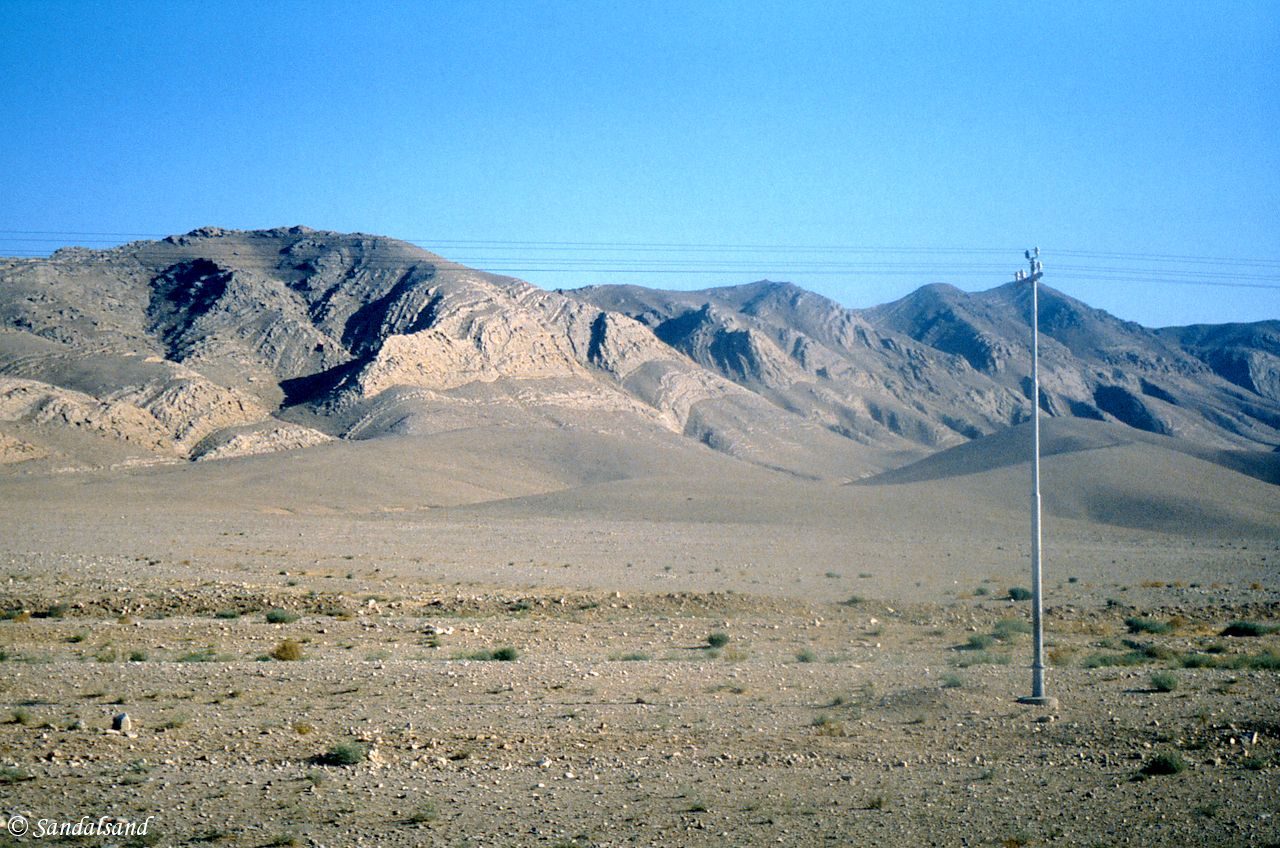Have a look at this selection of 8 dry deserts. The Earth’s surface is predominantly wet, covered by water. Some areas are on the other hand extremely dry.
This post is part of a series portraying the classic Elements of Nature: Earth, Fire, Water, Air. Deserts are examples of the first element, Earth.
The extremely dry land is often called a desert. Precipitation in the form of rain, snow or fog may exist but is scarce. This often leads to a landscape with little plant coverage and few insects or animals adapted to living there. One often thinks of deserts in the shape of the sand dunes of the Arabian Peninsula or North Africa, but deserts come in many shapes – sand, rocks and even snow.
The level of precipitation is also low around the poles, hence the term cold deserts. The two largest deserts in the world are actually Antarctica and the Arctic desert. We drop those two and concentrate on 8 dry deserts.
I have been travelling by train through two deserts
1. Atacama / Uyuni in Chile and Bolivia
The world’s driest desert, the Atacama, stretches on a mountain plateau in Northern Chile and even across the borders into Peru, Bolivia and Argentina. It is close to the Salar de Uyuni, the world’s largest salt flat. The latter has become an El Dorado for travellers seeking out the good photo ops here. I took the train from La Paz to Calama in Chile.
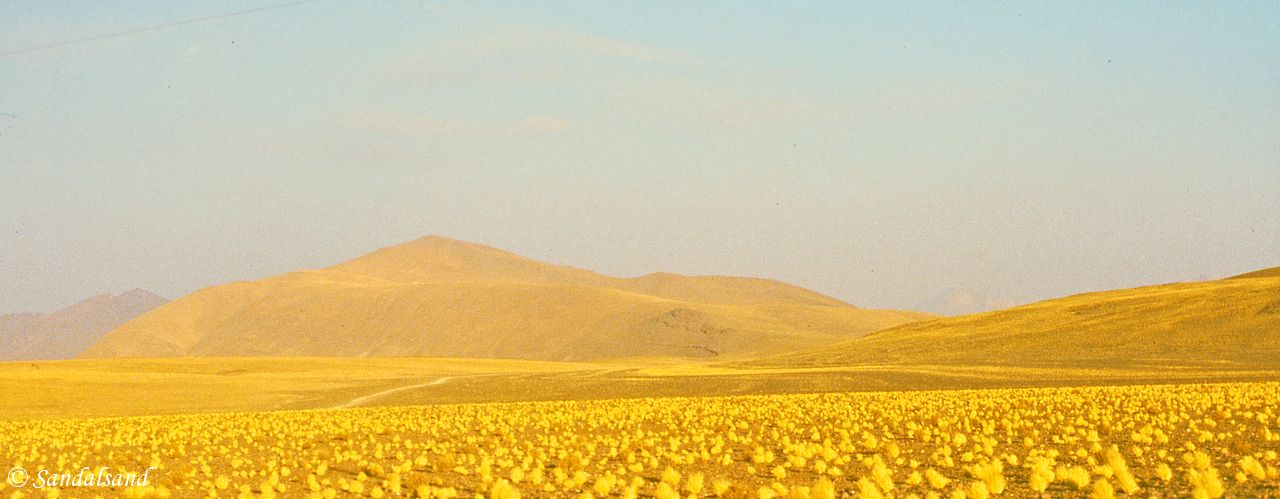
Evening sun in the southwest of Bolivia
2. Gobi in Mongolia and China
This is the world’s fifth largest desert. More than most deserts the changes in temperature are extreme. The winter temperature might sink to -40 degrees C, while in summer it may reach staggering +50 degrees. My train took me from Ulaanbaatar in Mongolia through the desert and down into the fertile valleys of north-eastern China.
The Gobi
Sand deserts
I have only once been into the large sand dunes, namely the one in Namibia.
3. Namib Sand Sea
This huge desert is home to some of the world’s tallest sand dunes. The Namib Sand Sea offers the most beckoning hidden valleys. It is a rising star on everybody’s bucket list.
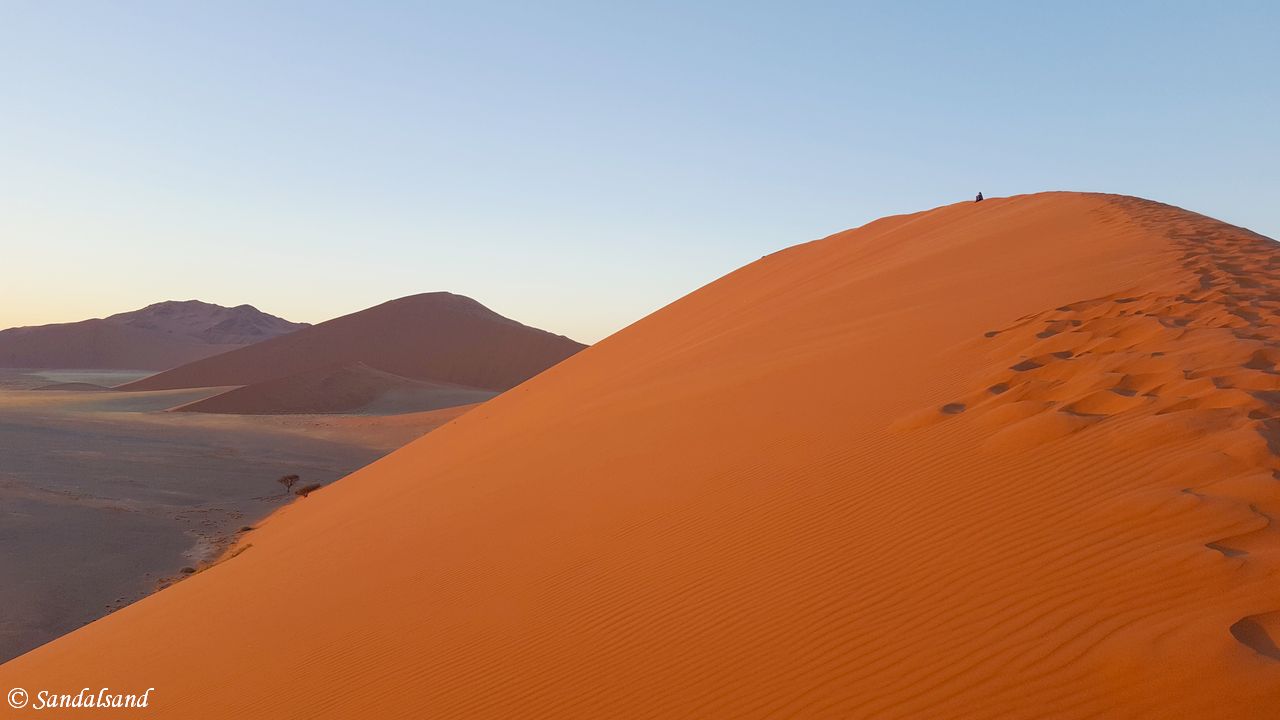
Sand dunes in Namibia
Sand and stone deserts
4. Sahara
On the other hand I have been riding a camel on the western fringes of the world’s largest “ordinary” (i.e. non-cold) desert, the Sahara in northern Africa. The camel ride was not long, and in fact the Giza area with the Pyramids in Cairo is on the verge of being encircled by the ever expanding city.
Tourists riding camels at Giza
There are more deserts in this part of the world, be it in the Middle East or on the Arabian Peninsula. I like this quote by former Israeli prime minister Golda Meir: “Let me tell you something that we Israelis have against Moses. He took us 40 years through the desert in order to bring us to the one spot in the Middle East that has no oil!” (Golda Meir)
5. Petra in Jordan
Not far from the desert that Moses possibly went through we find the amazing ancient site of Petra. In fact it is so special that it has become a UNESCO World Heritage Site. Driving from Amman south to Petra, and walking around in Petra you will not see much more than sand and rocks. It is an oasis though, and the Nabateans made the most out of their situation.

Yes, there is water around Petra too. At least some.
6. Palmyra in Syria
Few would like to go there these days, but the bus ride from the eastern Syrian town of Deir-es-Zor through Palmyra to Aleppo was wonderful. The ruins of Palmyra are also on the Heritage List, but that is another story. There is also a kind of beauty in arid land. The Syrian desert in the 10th largest in the world.
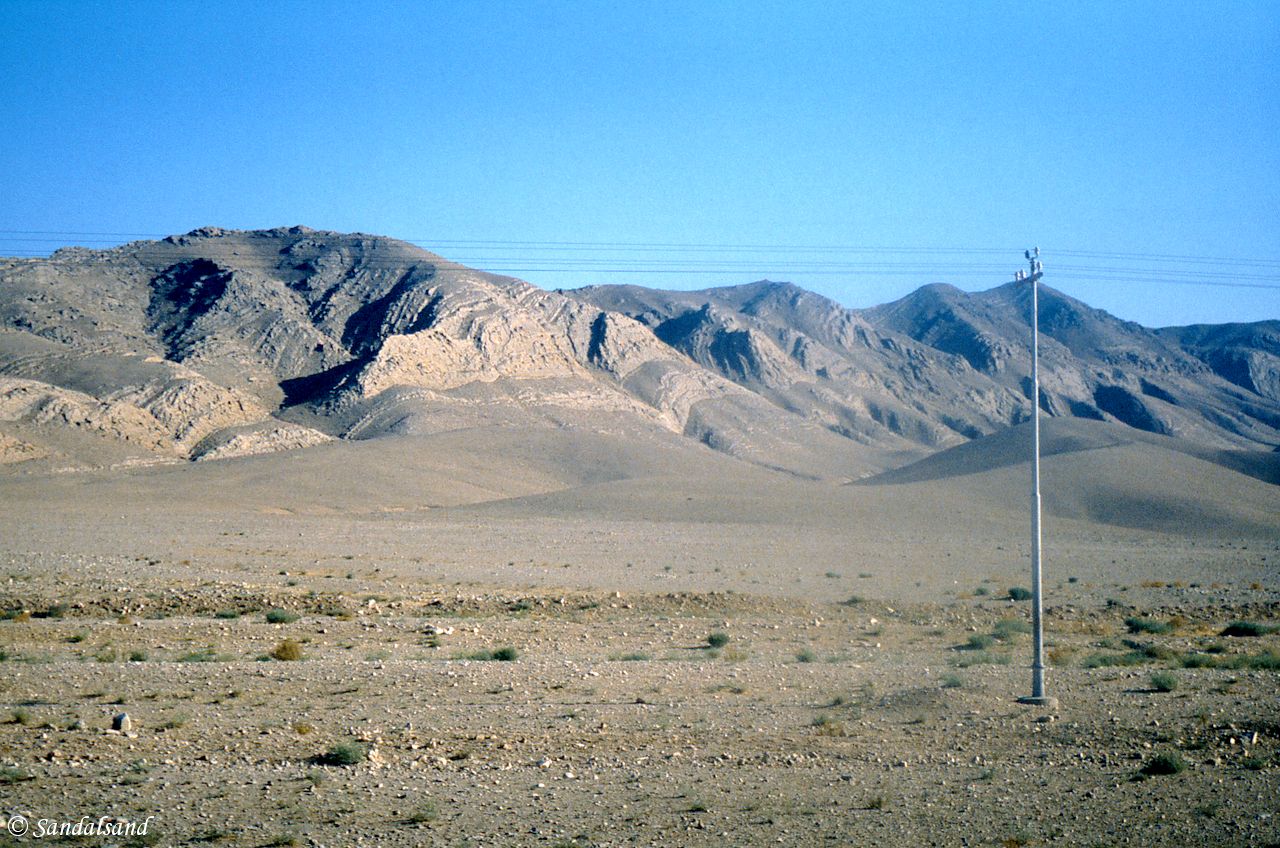
The desert west of Palmyra
7. Western China
A large portion of the entire western part of China is desert. It stretches from Tibet, mentioned also in a previous chapter in this series, and into the lowlands to the north. I took a bus from Lhasa northwards and was struck by the landscape. It is kind of beautiful, but also very monotonous to travel through.
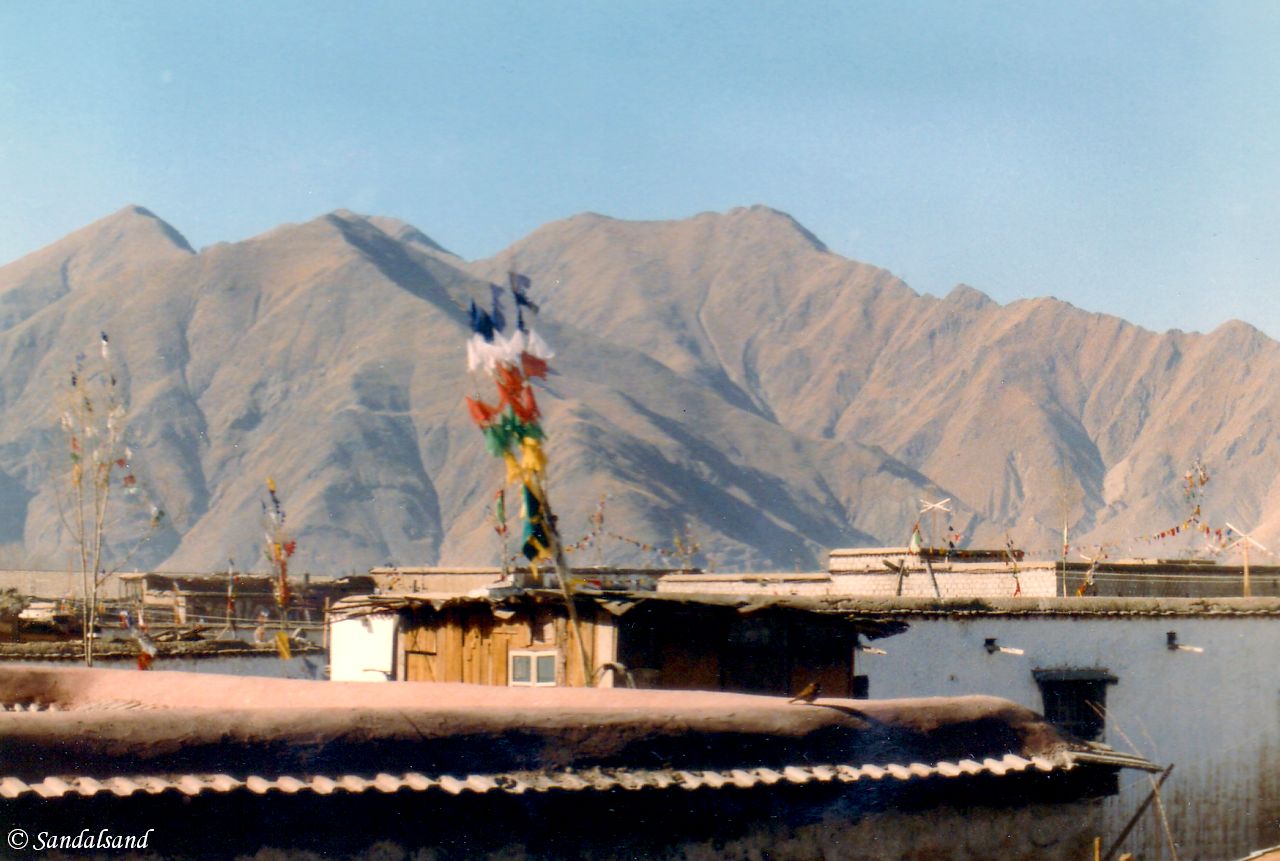
Lhasa mountain view
8. Kyzyl Kum in Uzbekistan
We are moving further west, across the Pamir mountain range and into the plains of Central Asia. Uzbekistan shares the fertile Fergana Valley in the east with its neighbours, but most of the country is very arid. To the west there is the Kyzyl Kum desert, extremely dry and the world’s 16th largest. I went by bus from Bukhara to Khiva, and blessed my luck I did not have to cross the desert in the days of the Silk Road.
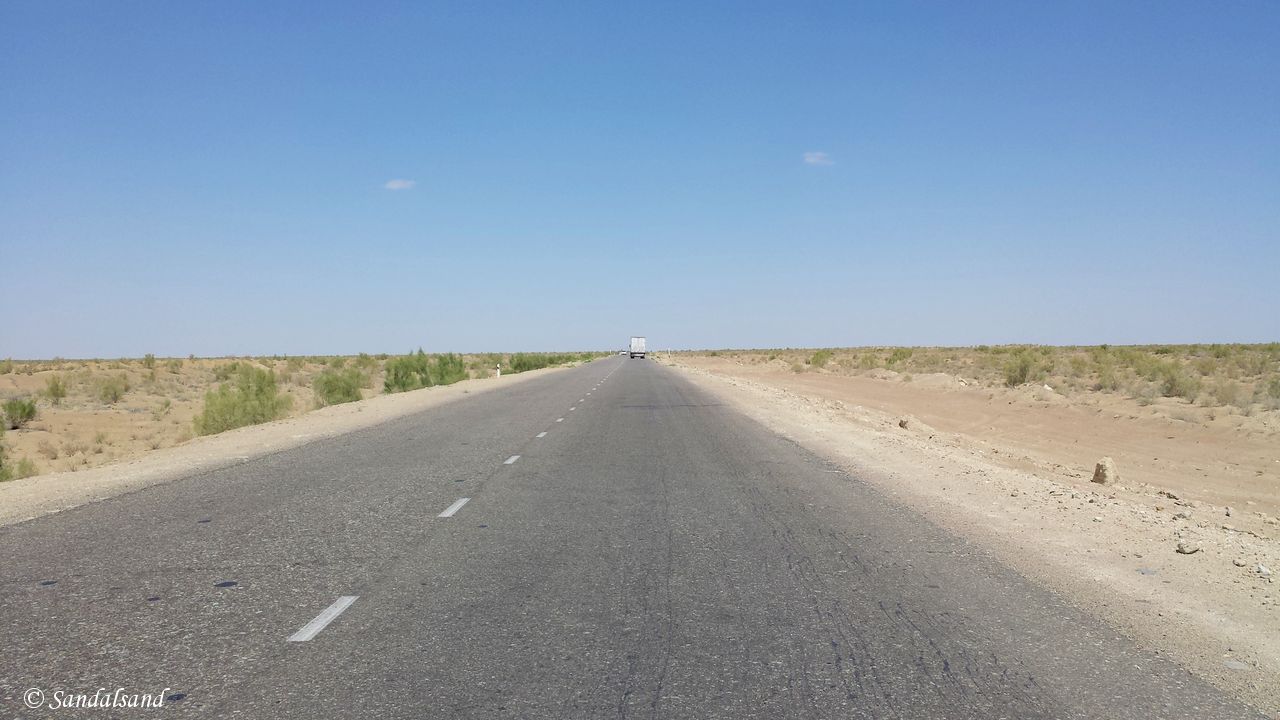
Kyzyl Kum desert in Uzbekistan
That was 8 dry deserts. But wait a minute, here’s another one coming up. Number nine.
9. Northern Peru
We are moving back to South America where we started. There are several deserts on the Peruvian coastline. In the south there is the Secura desert, famous for its Nazca Lines. In the north, close to the border with Ecuador there is another one, where this picture was taken from a bus moving south to Lima.
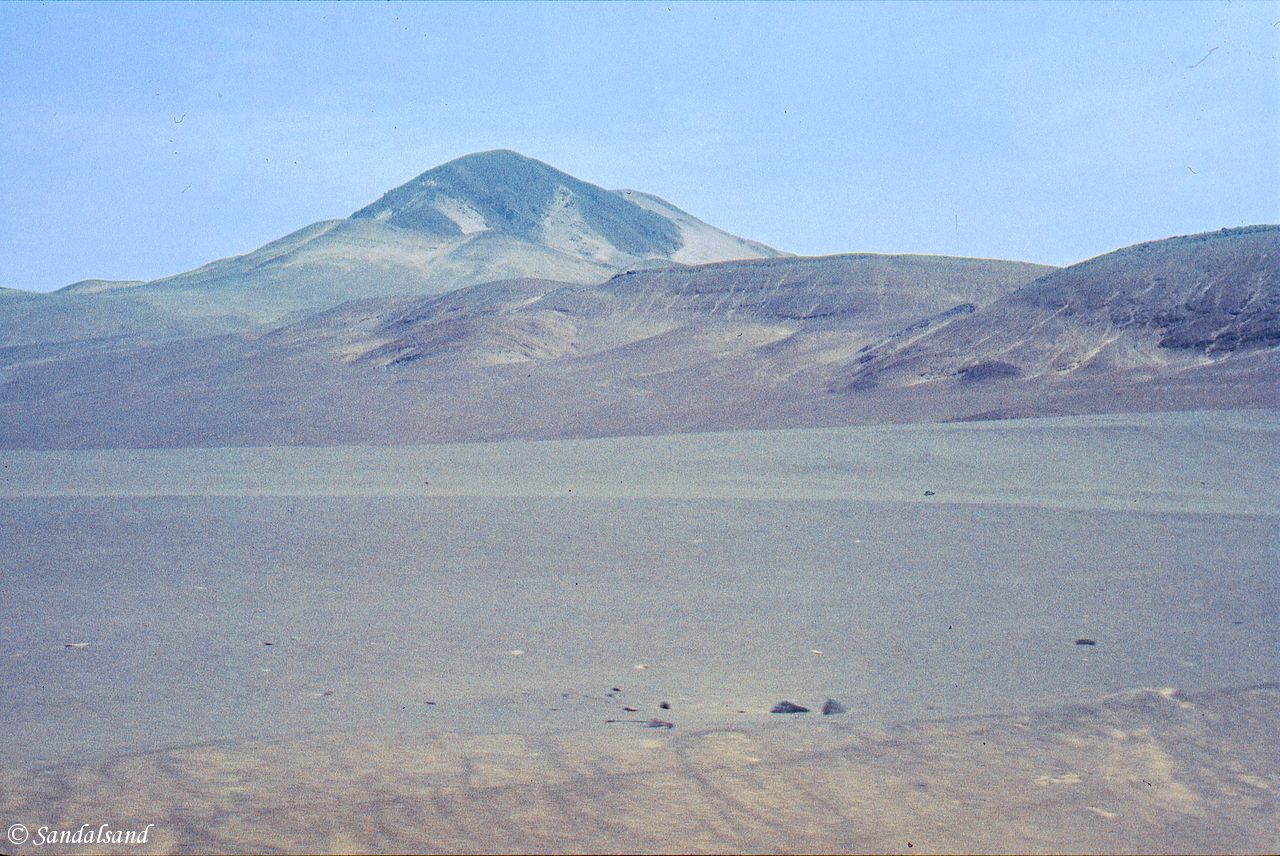
Desert in the north of Peru
Further reading
That was 8 dry deserts plus one. Missing anything? For sure, I’ve had to skip some of my images related to this subject and refrained from mentioning some of my visits. Feel free to search this website for more. In addition, you are surely missing famous places or your own favourites. Chances are I haven’t been there, and I only include my own images and visits in this series.
At this stage, we are changing “Element” to have a look at “Fire”.
All articles in this series
(1) Introduction
(2-7) Element: Earth
(8) Element: Fire
(9-14) Element: Water

